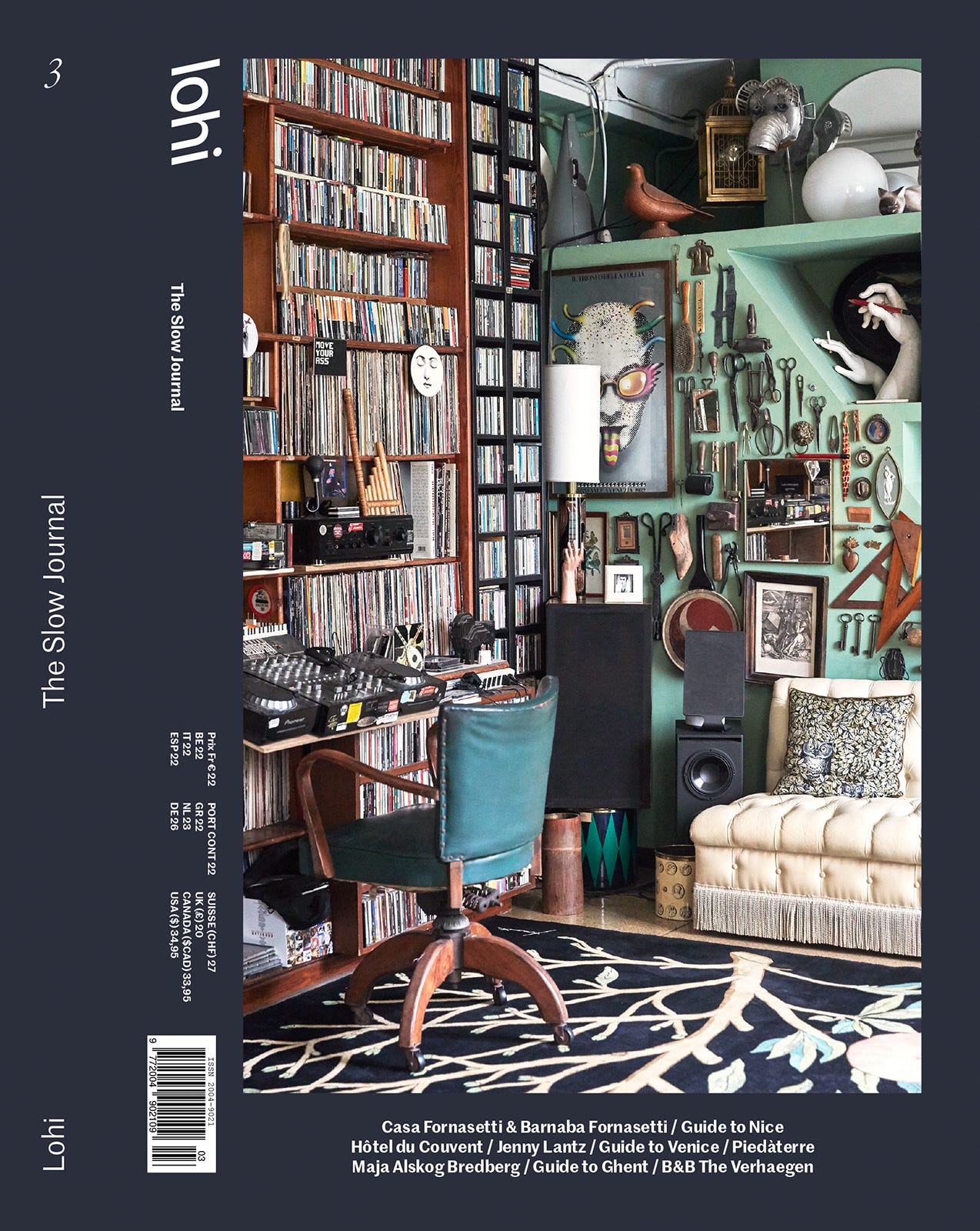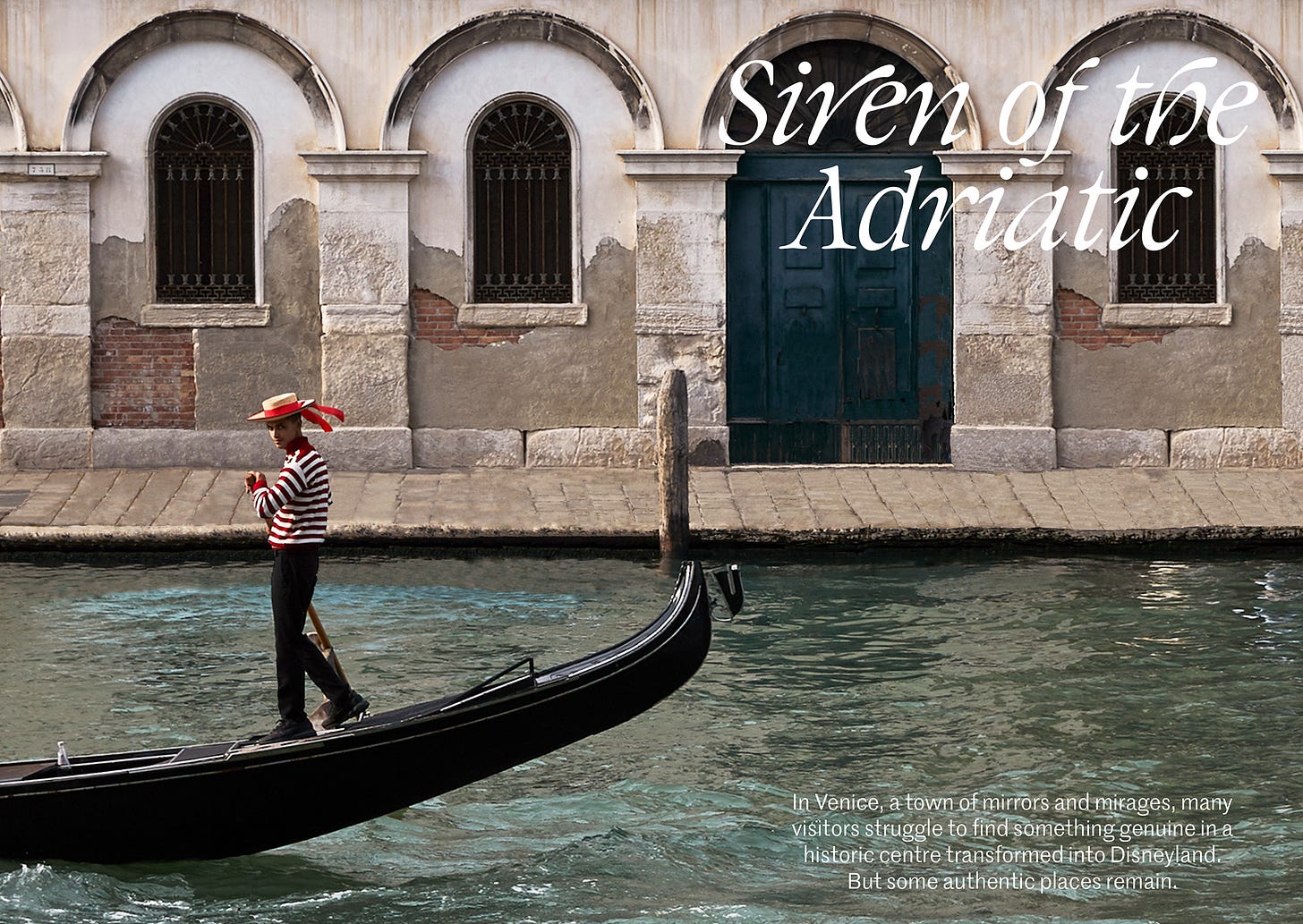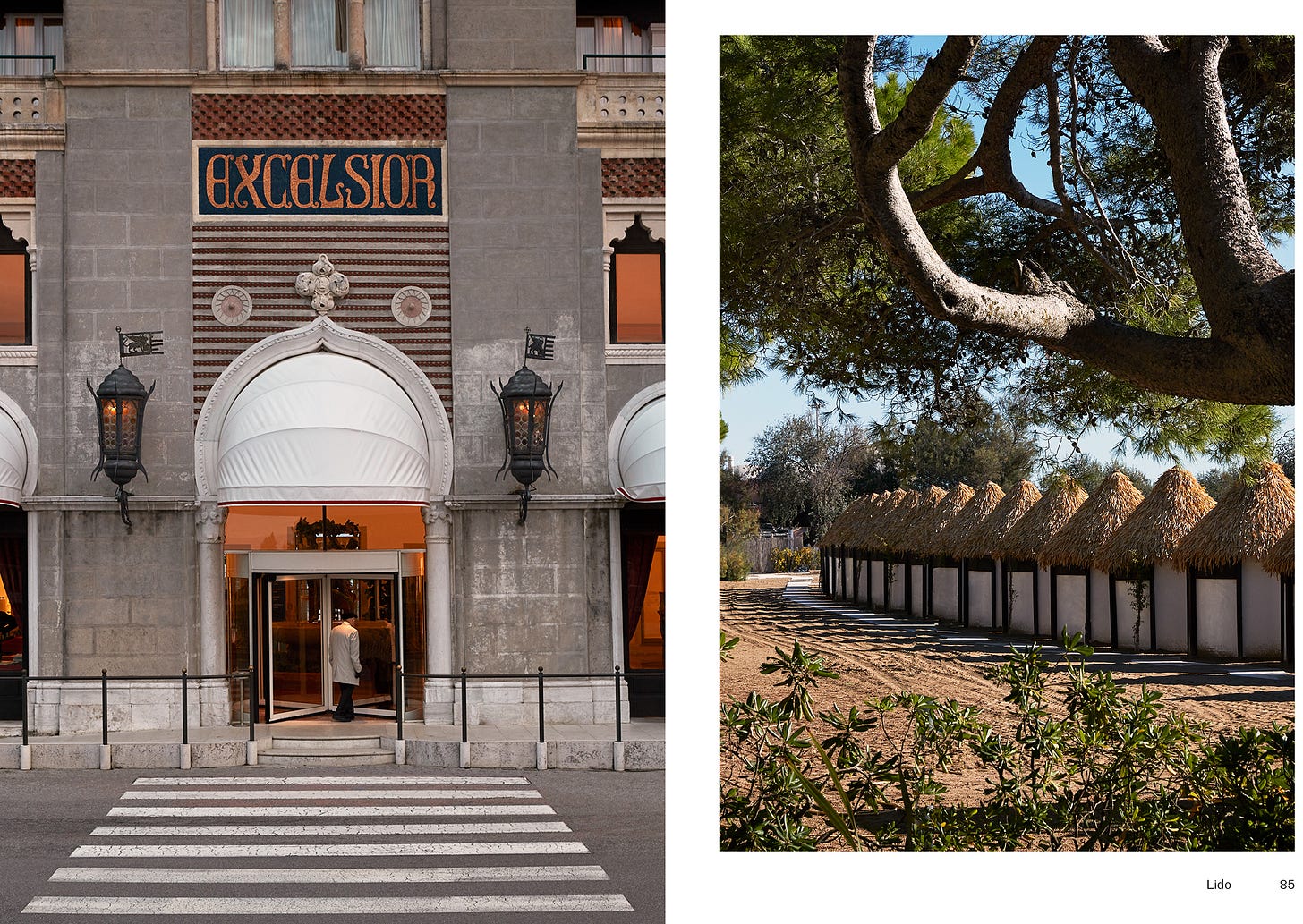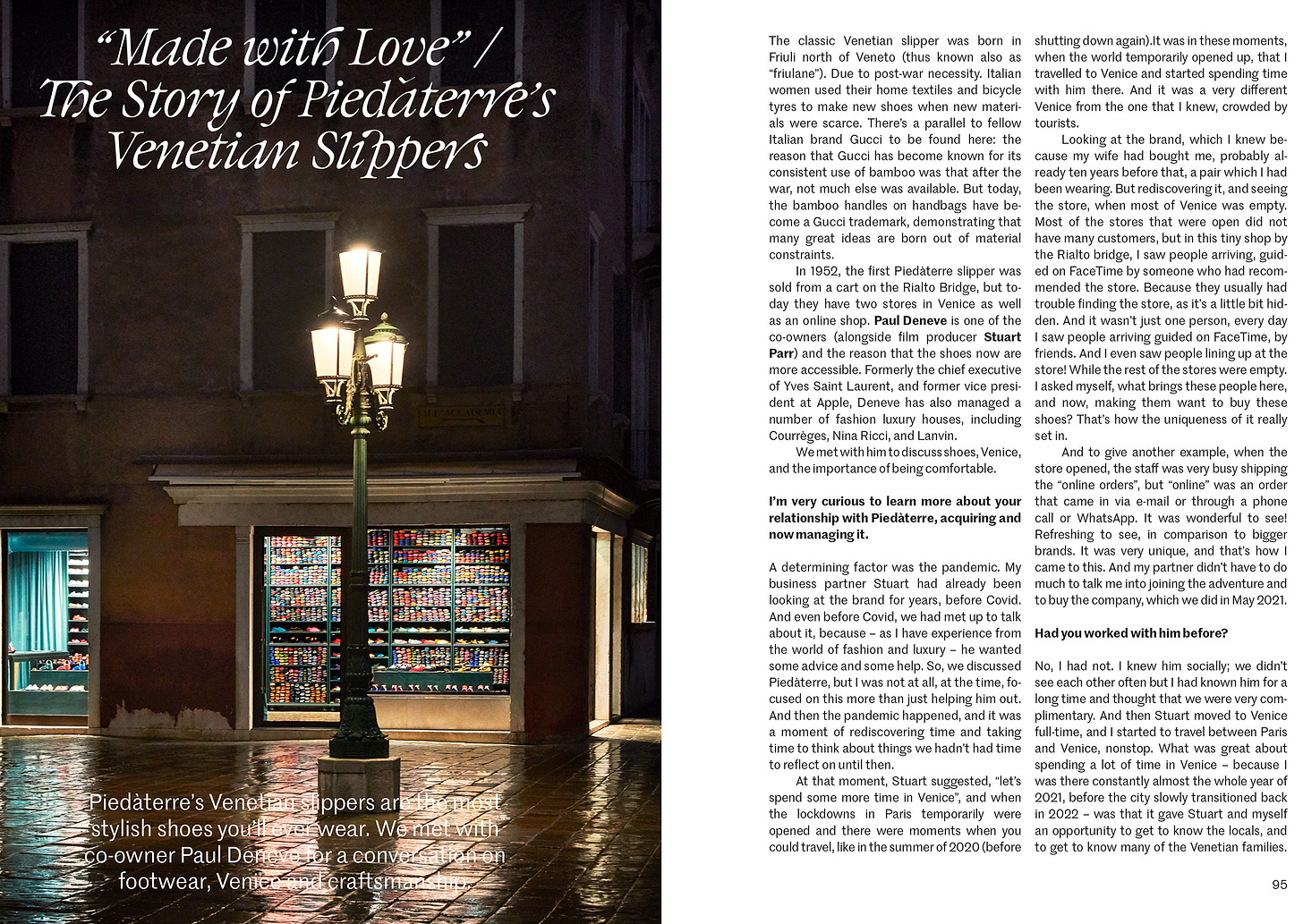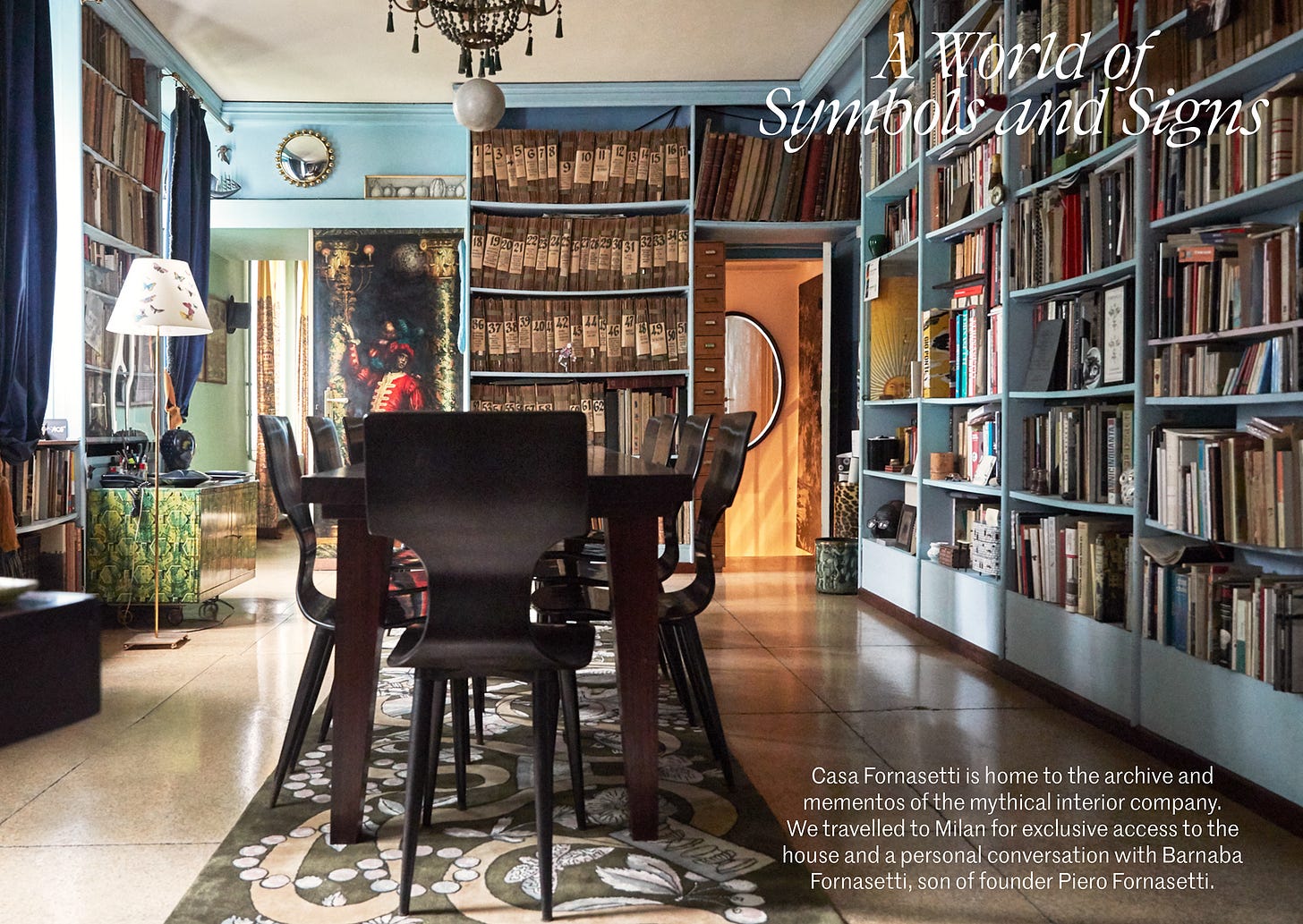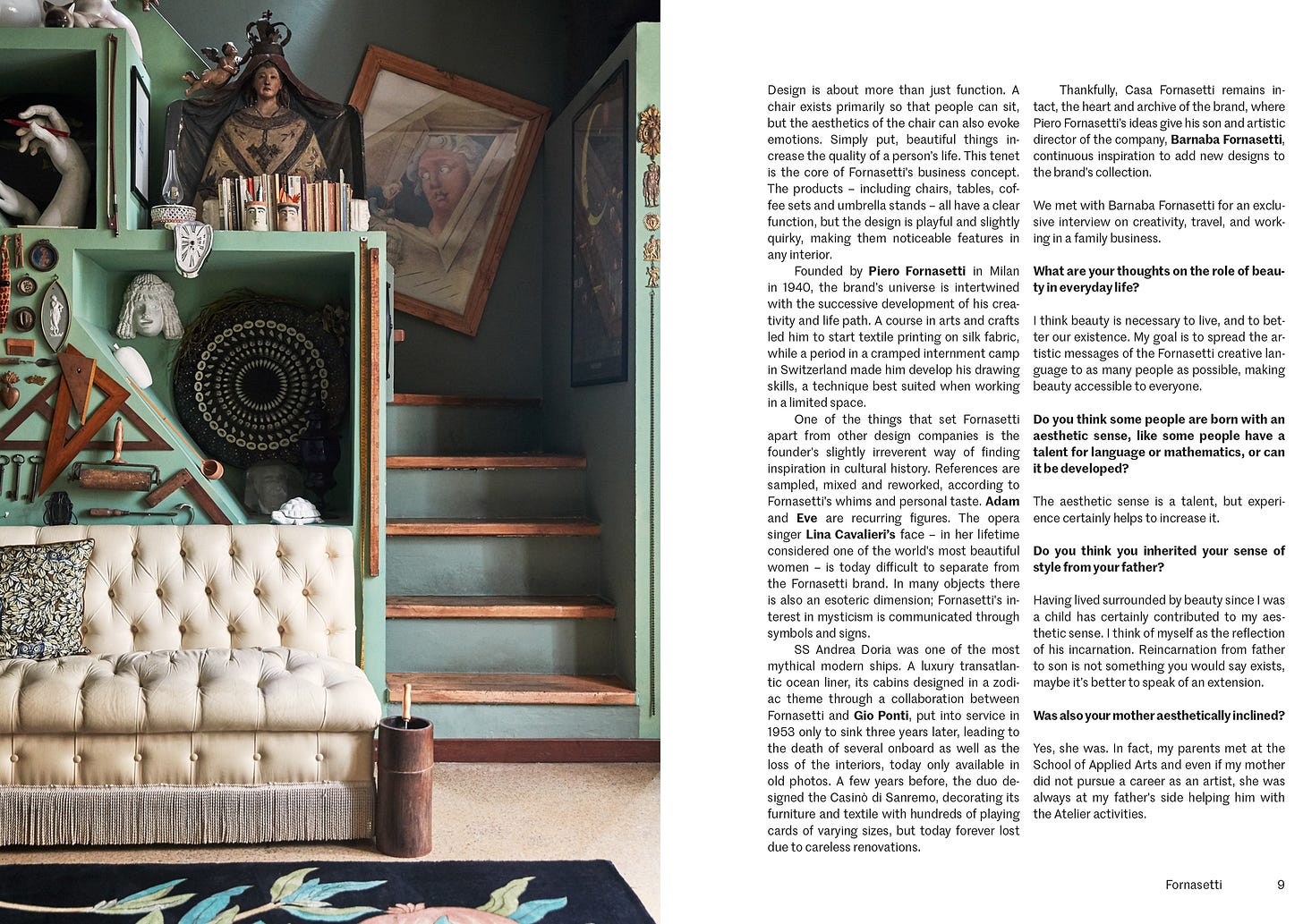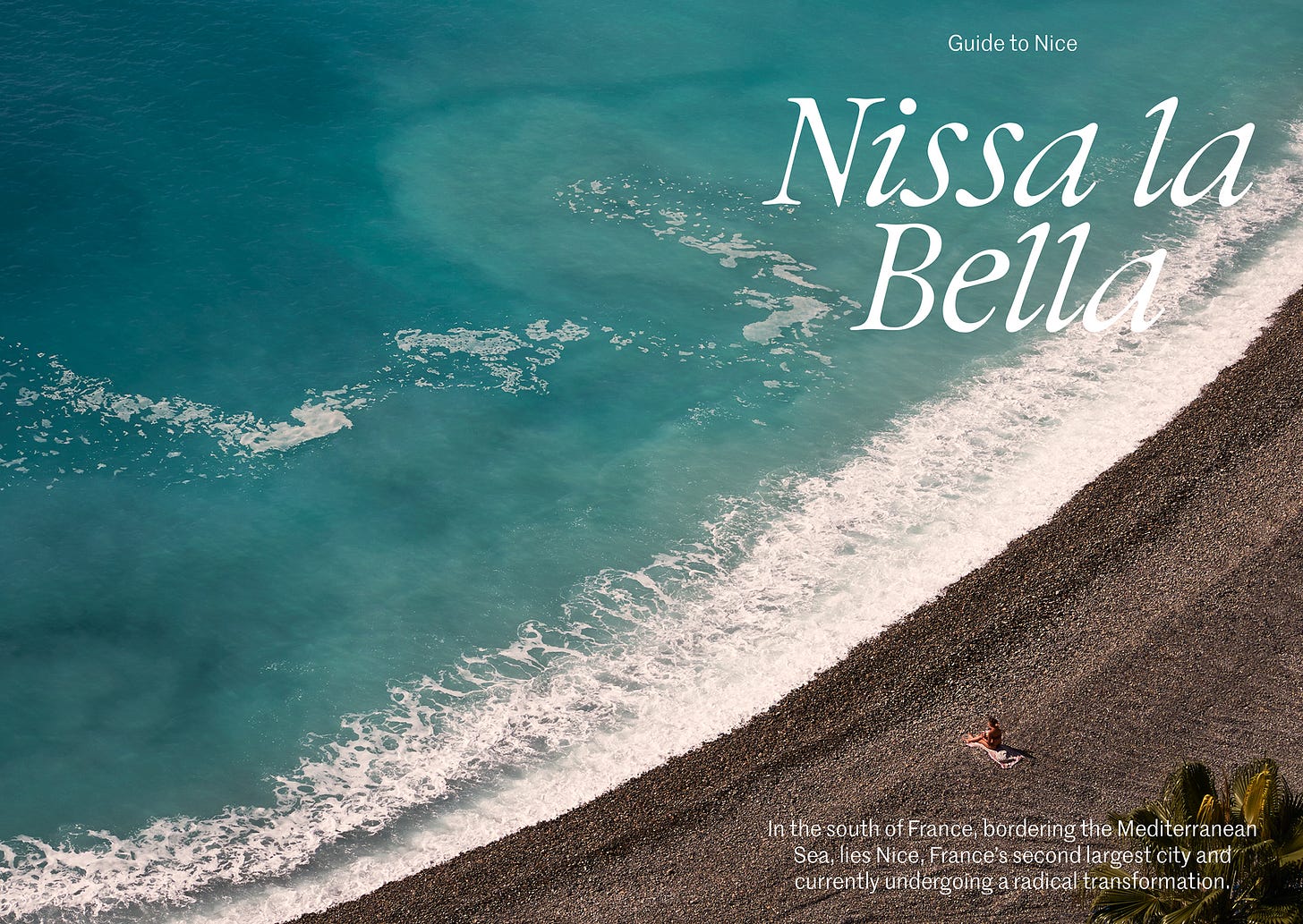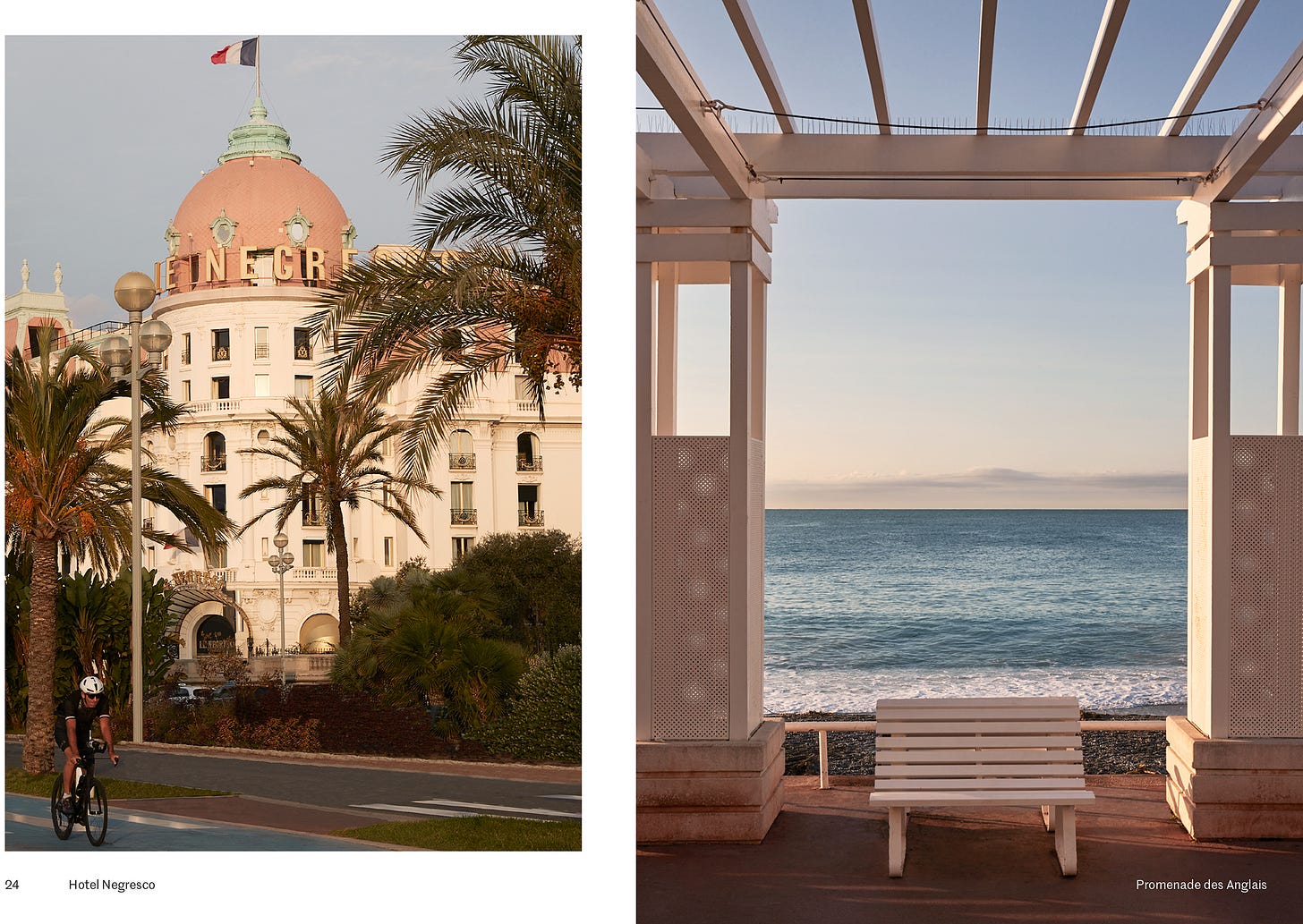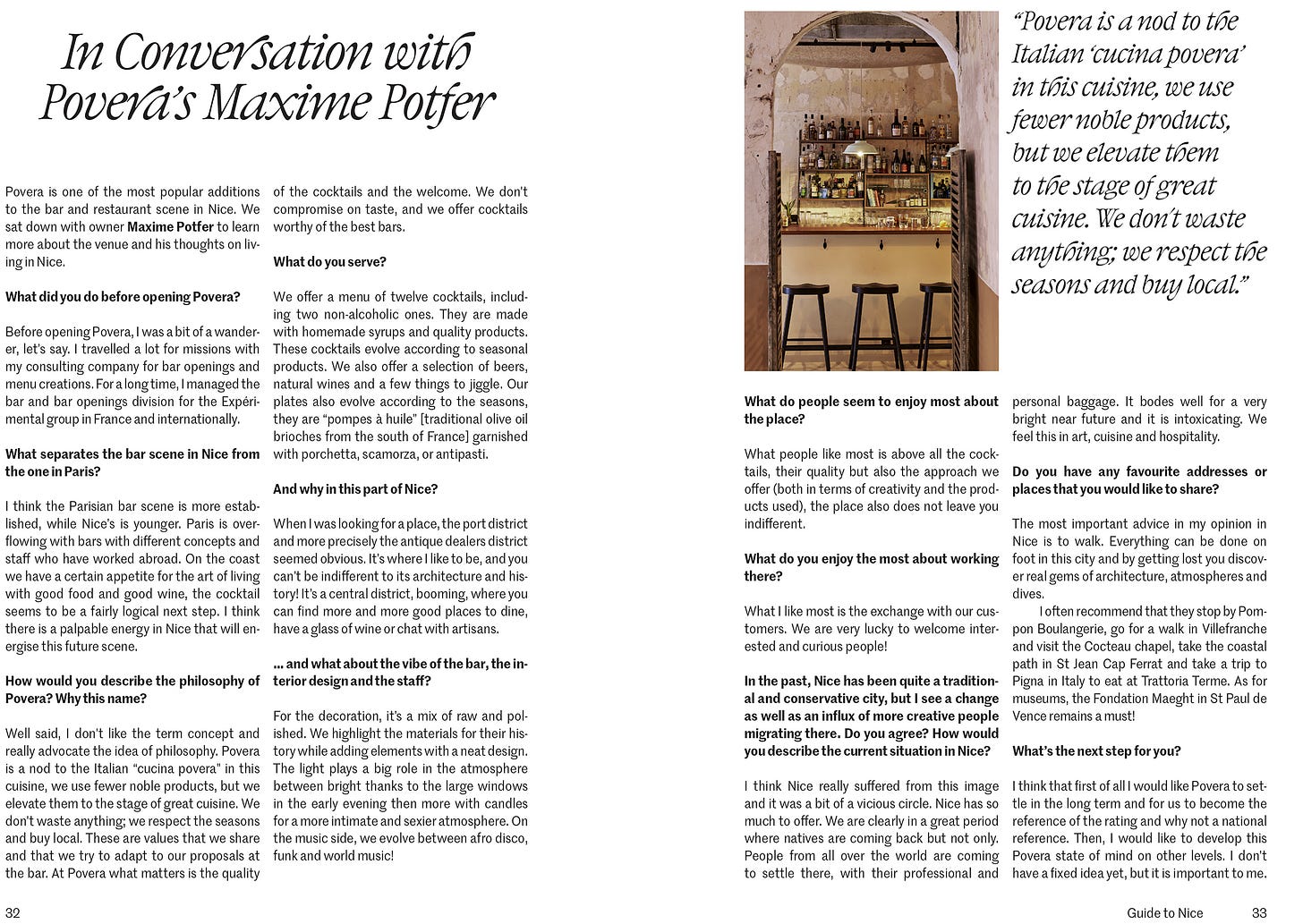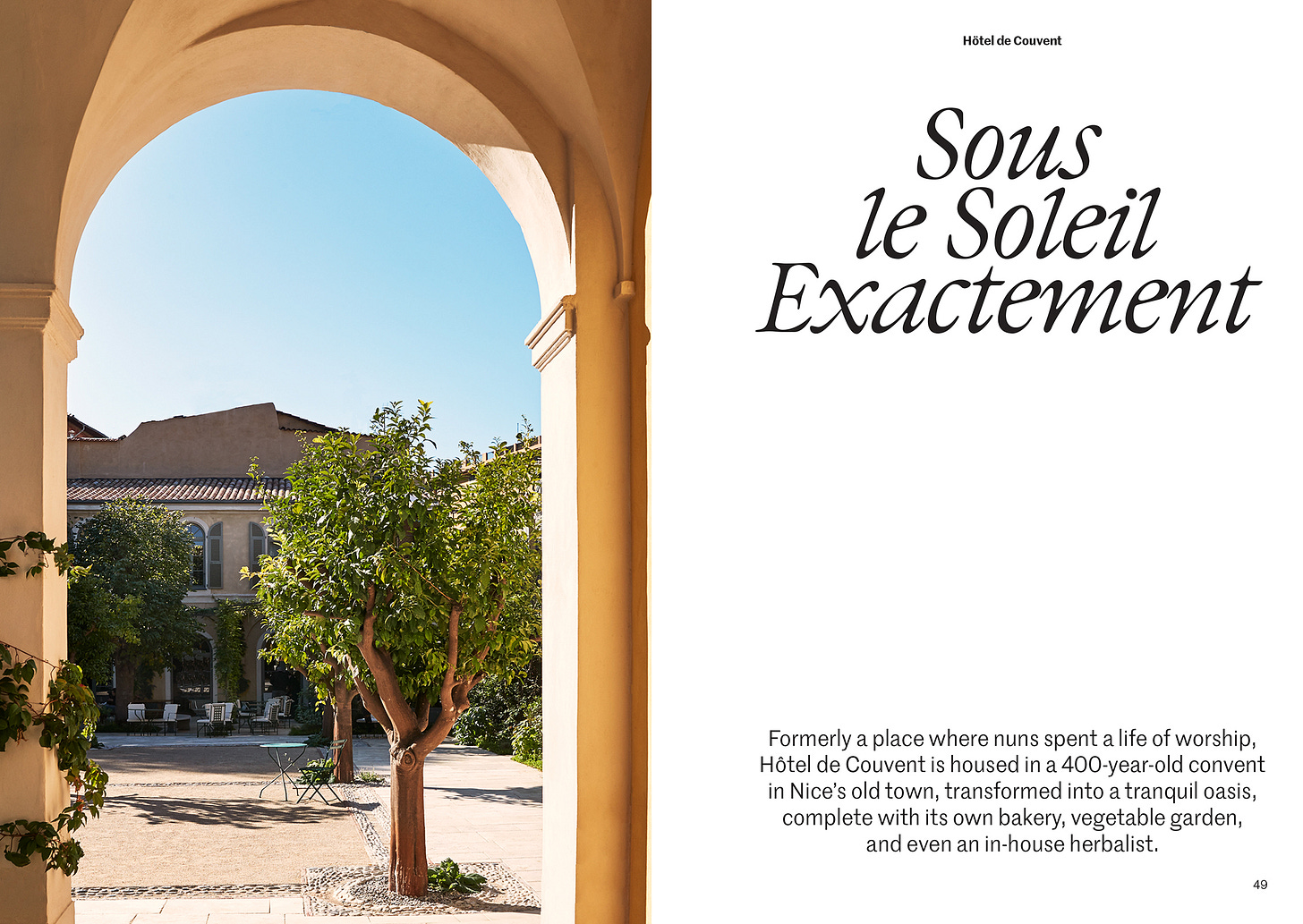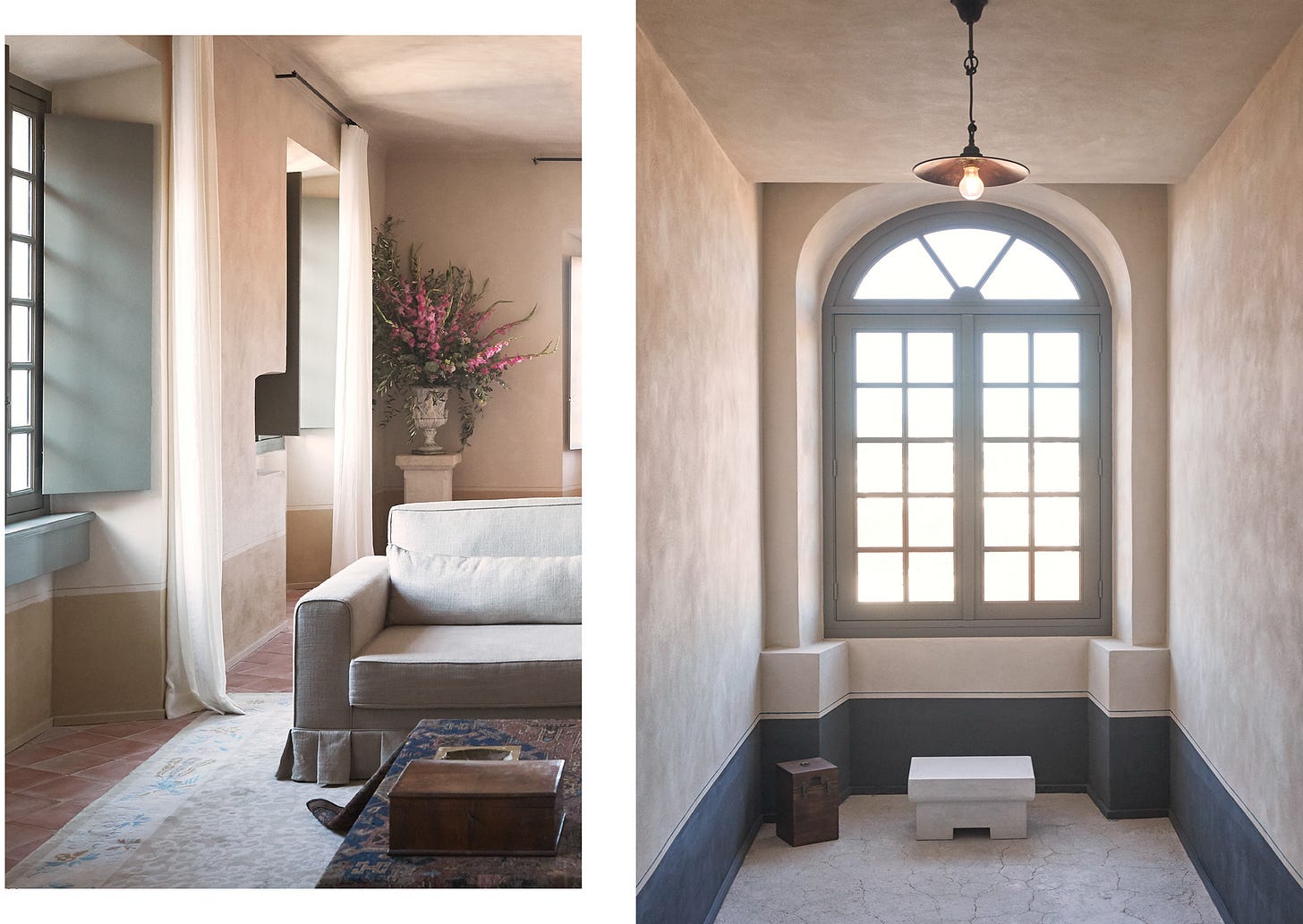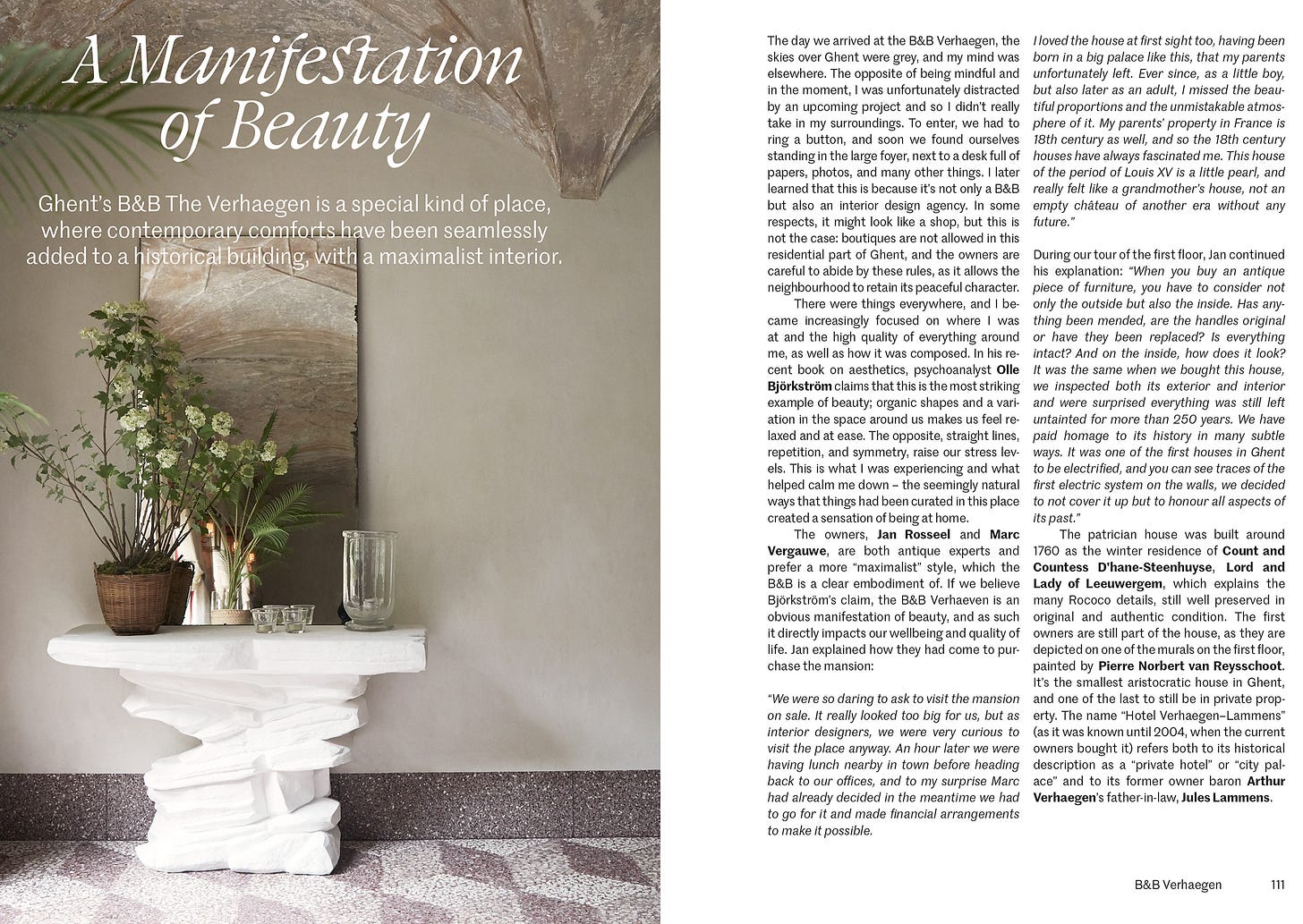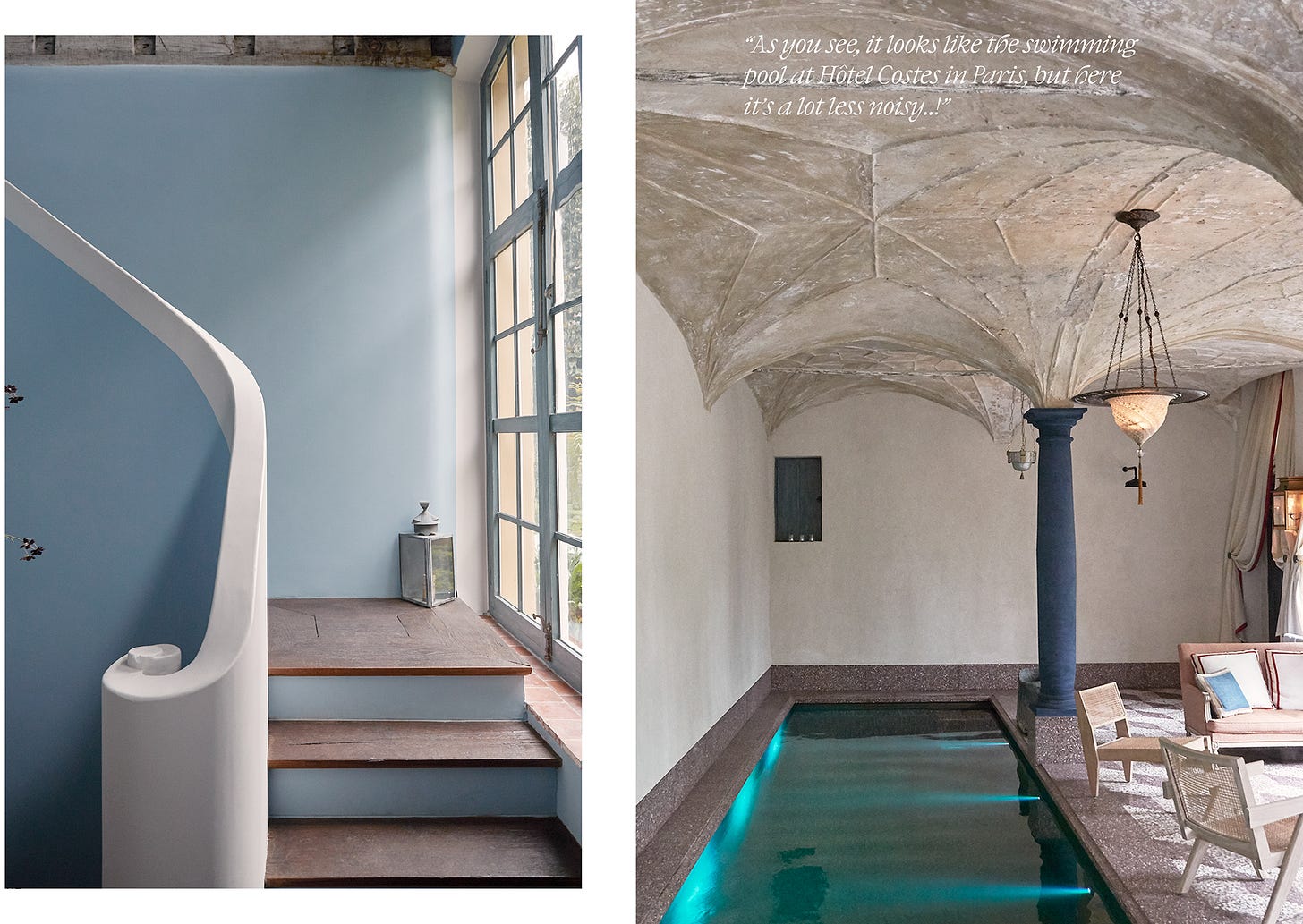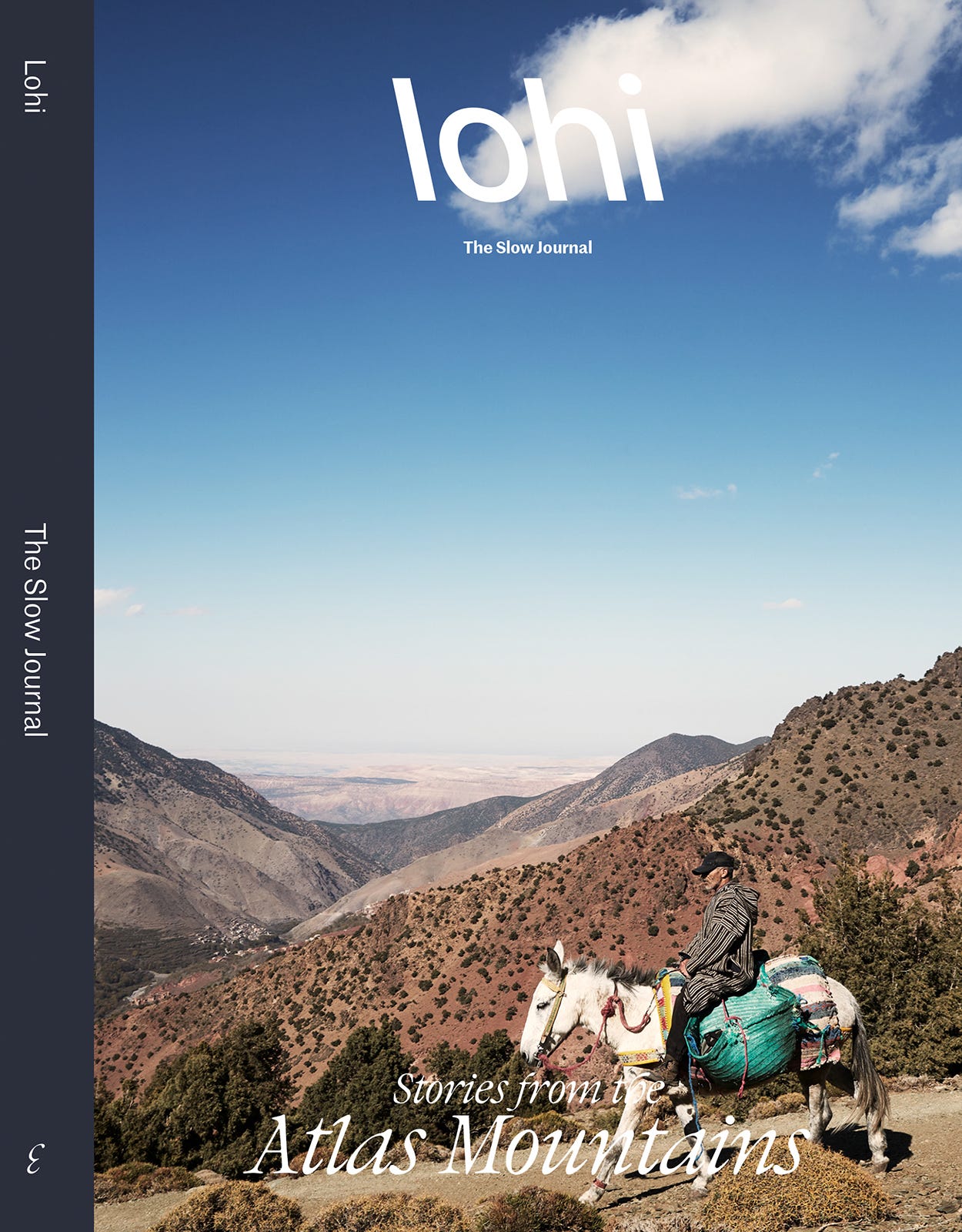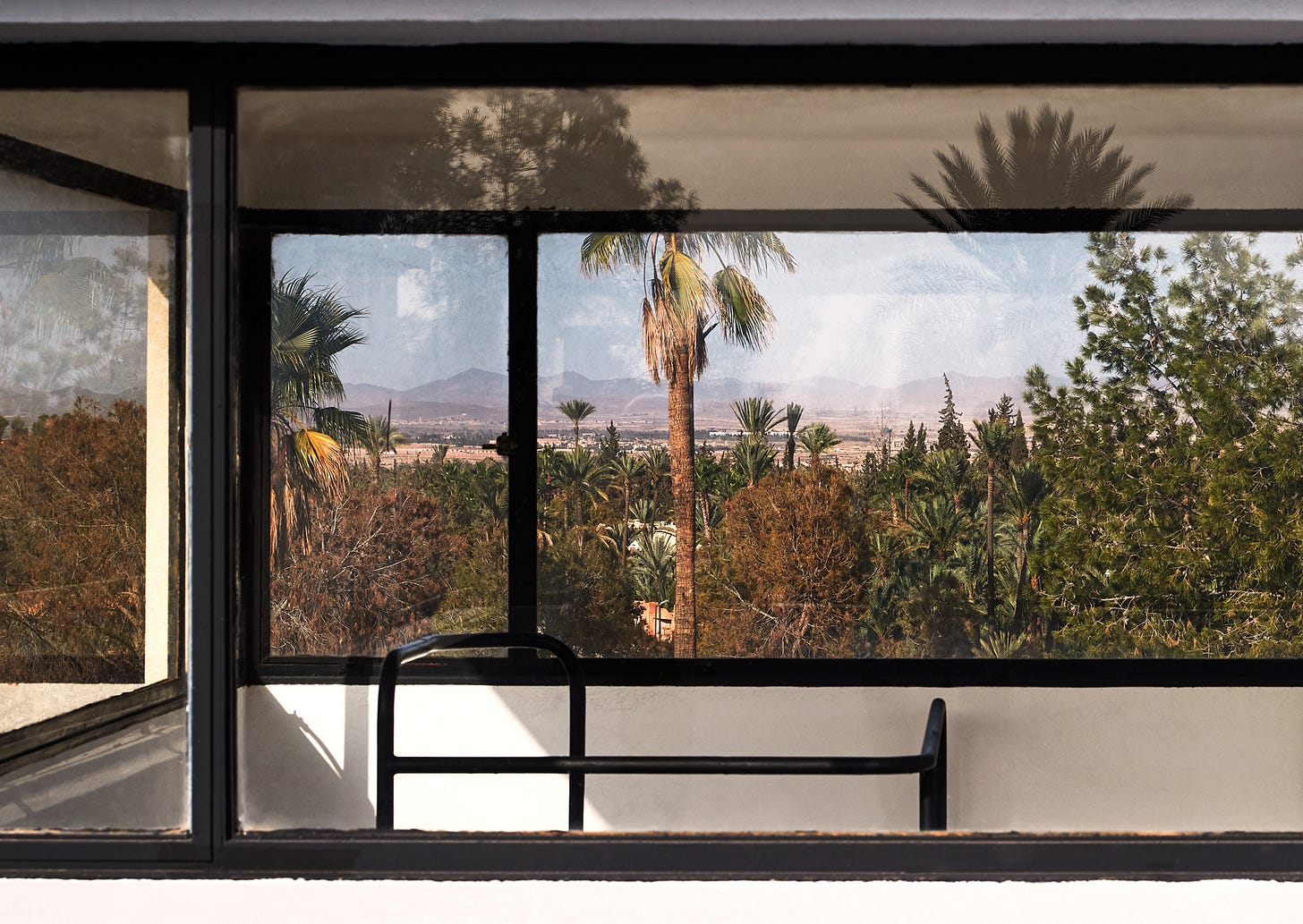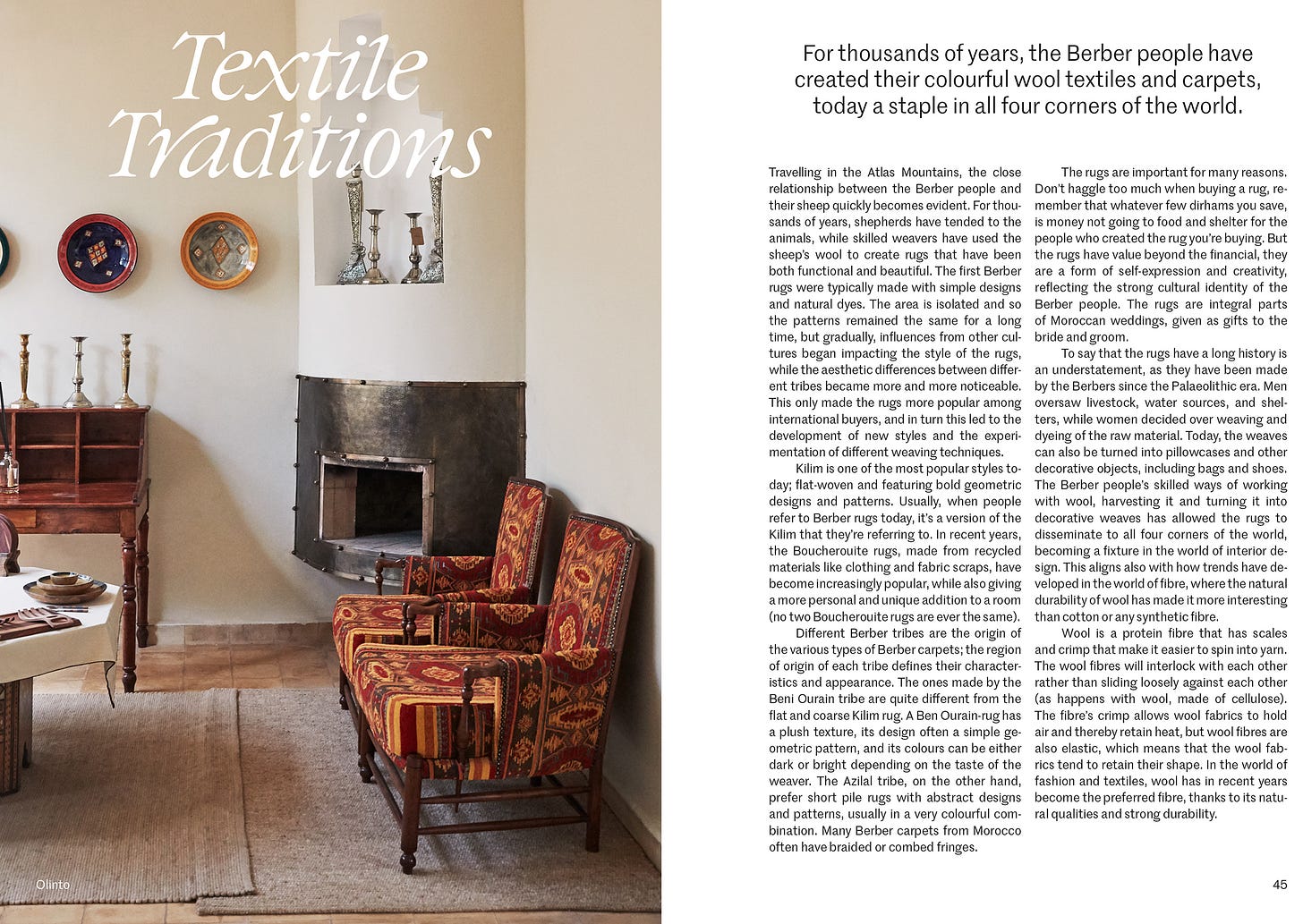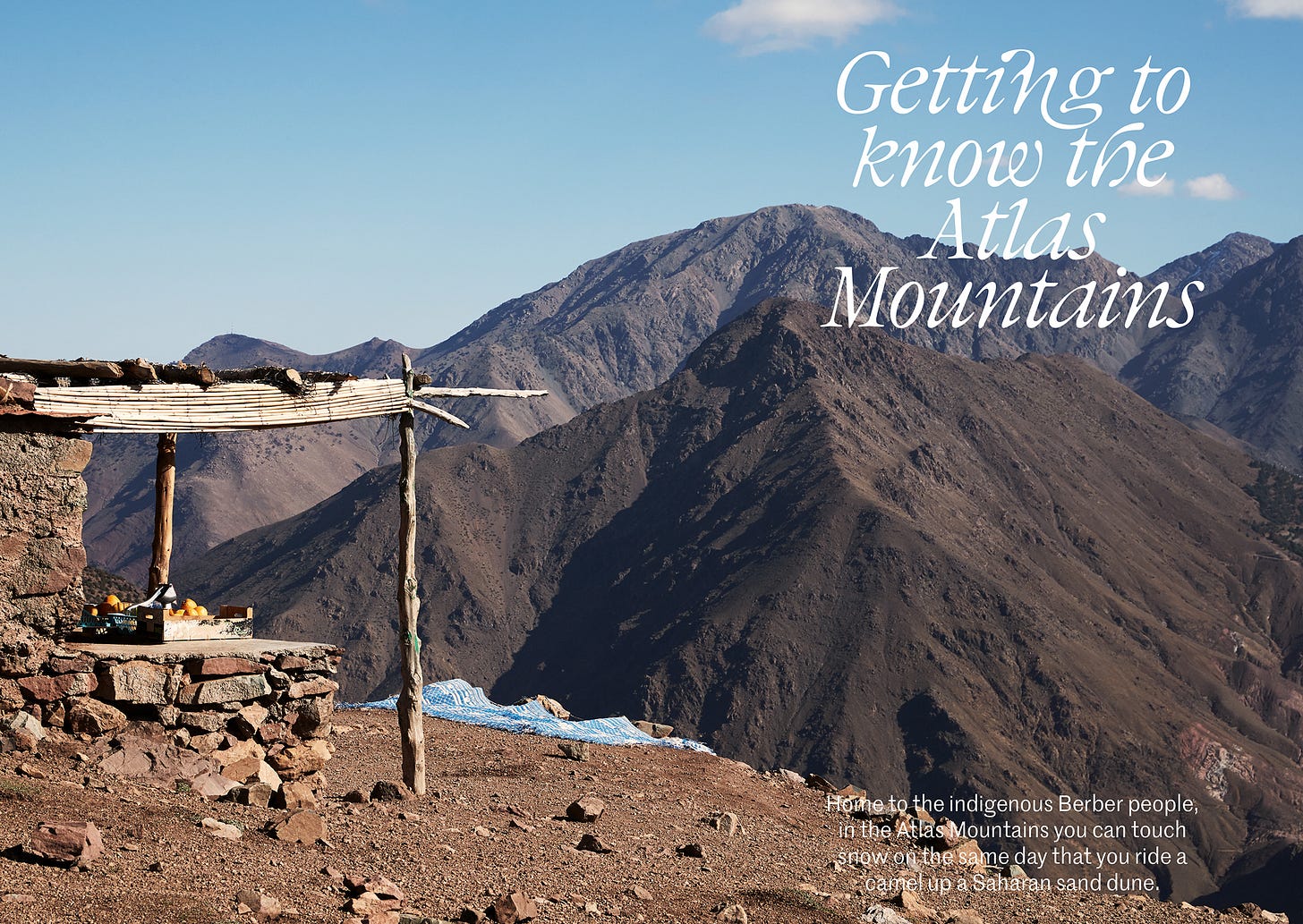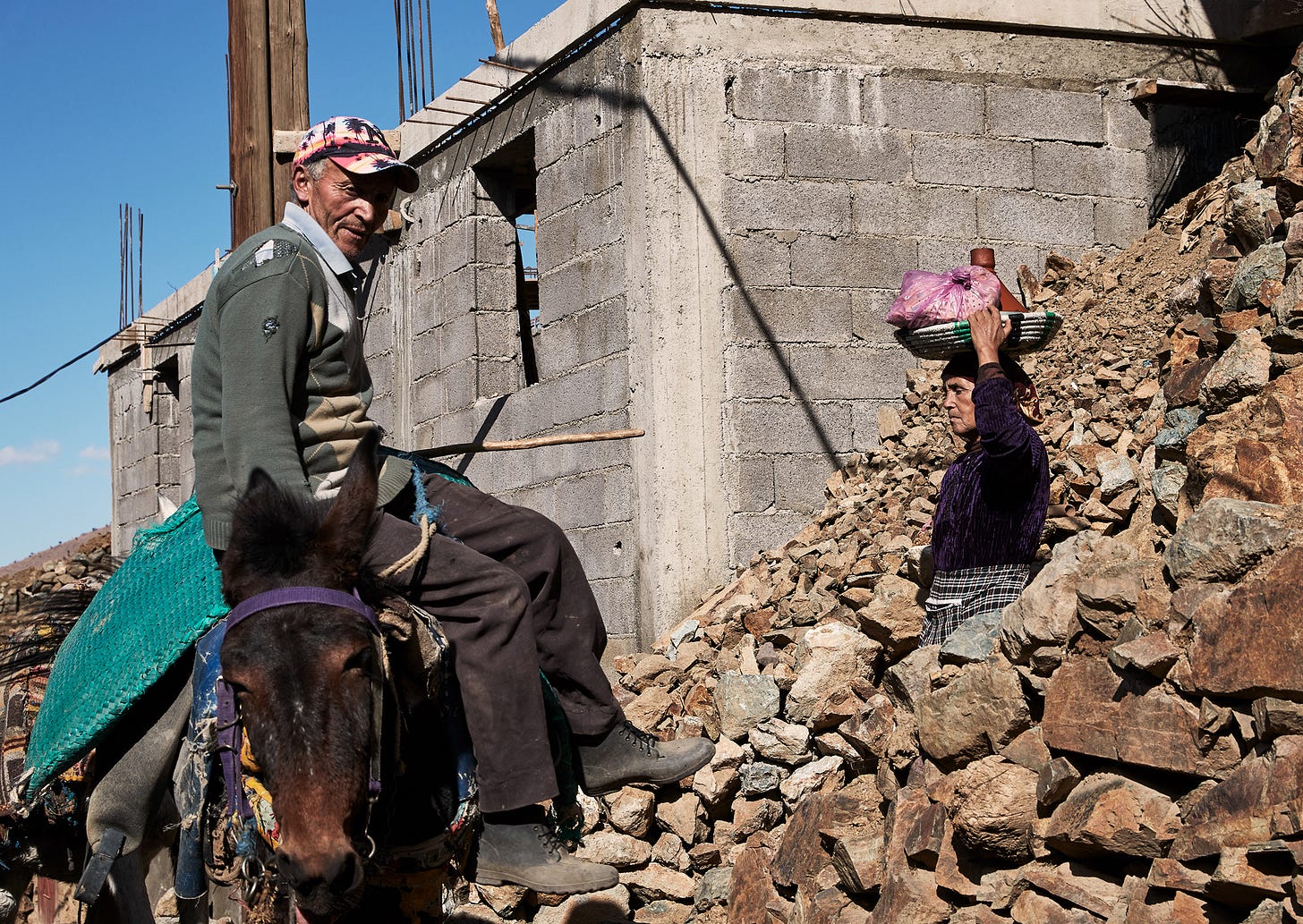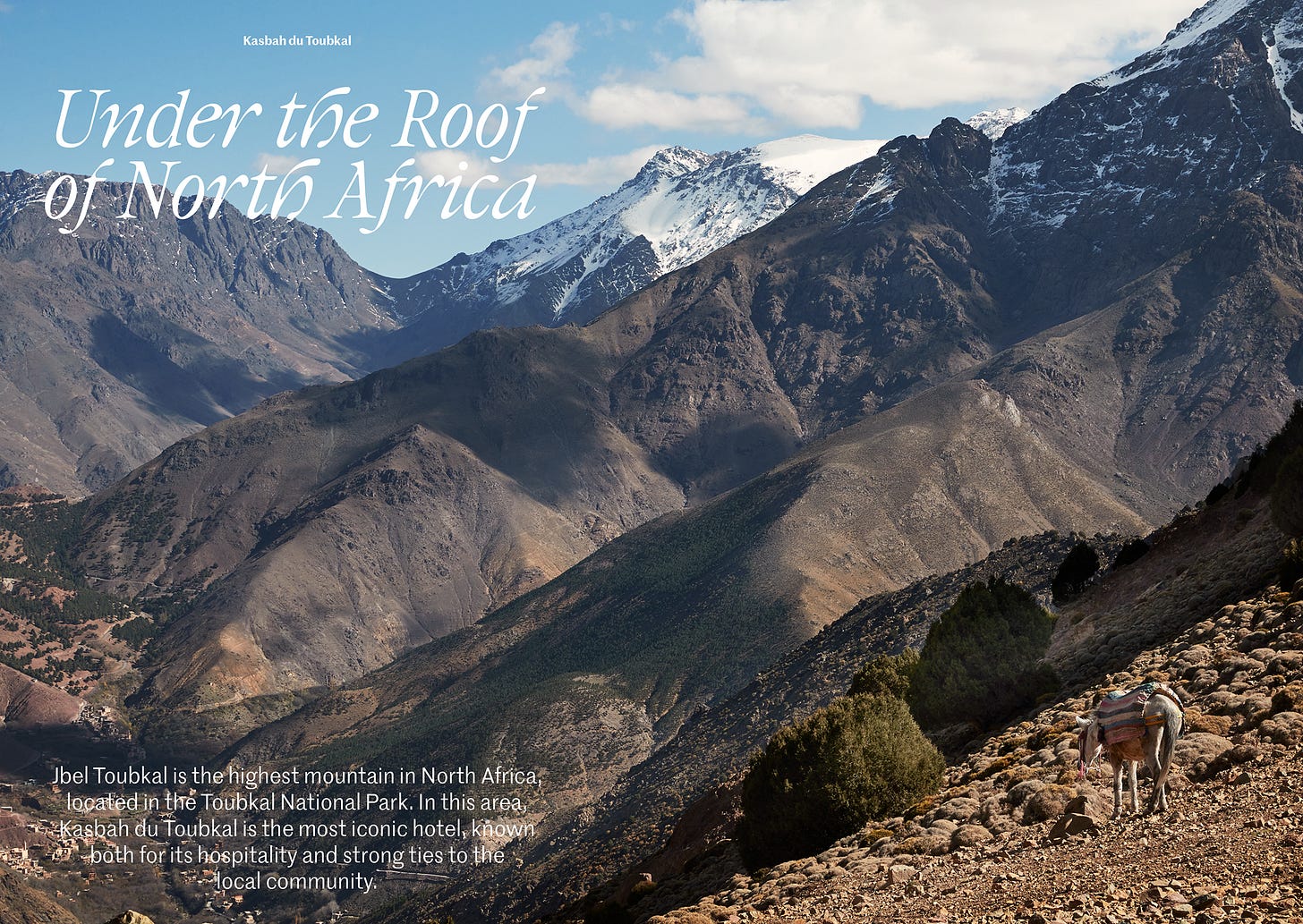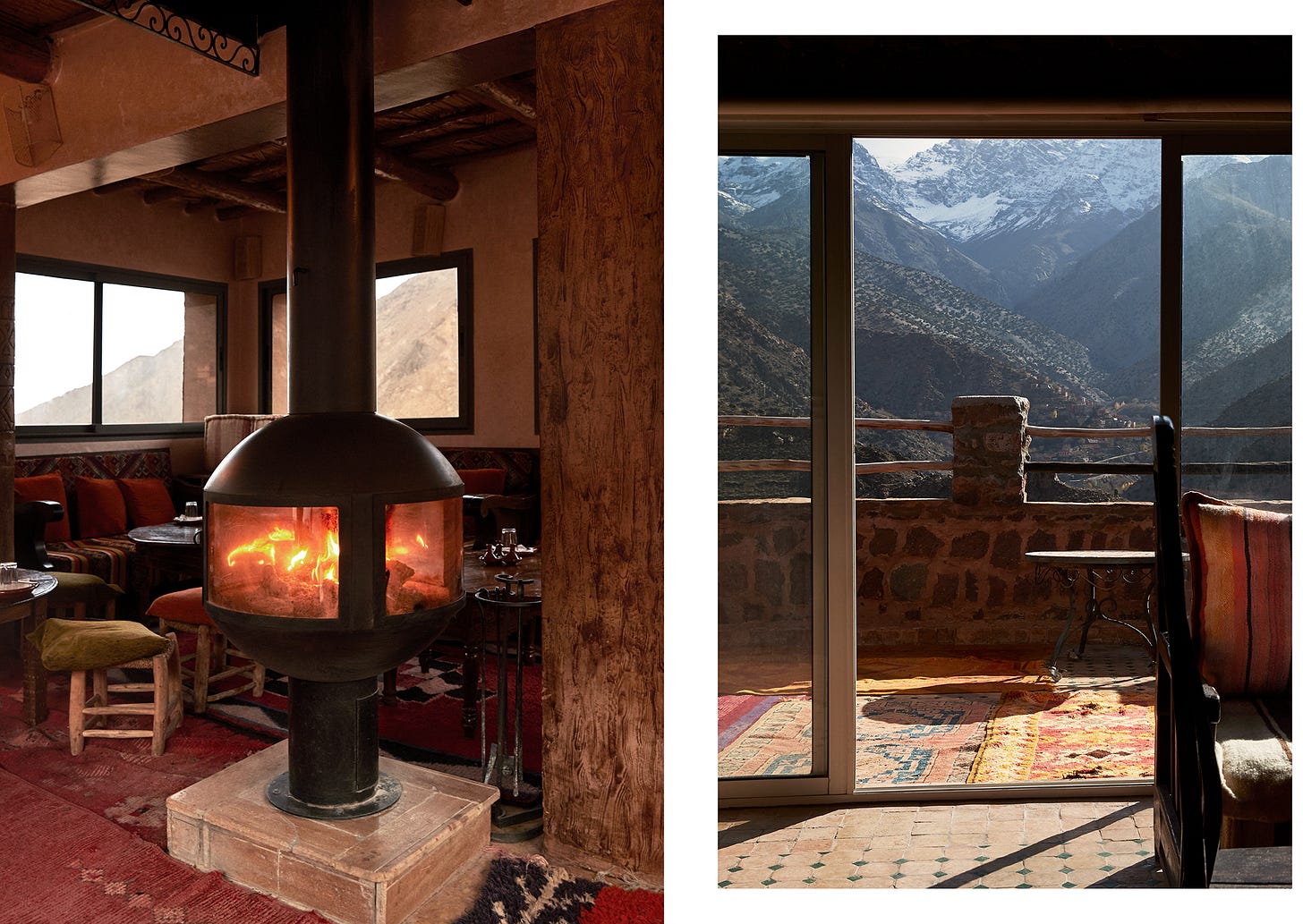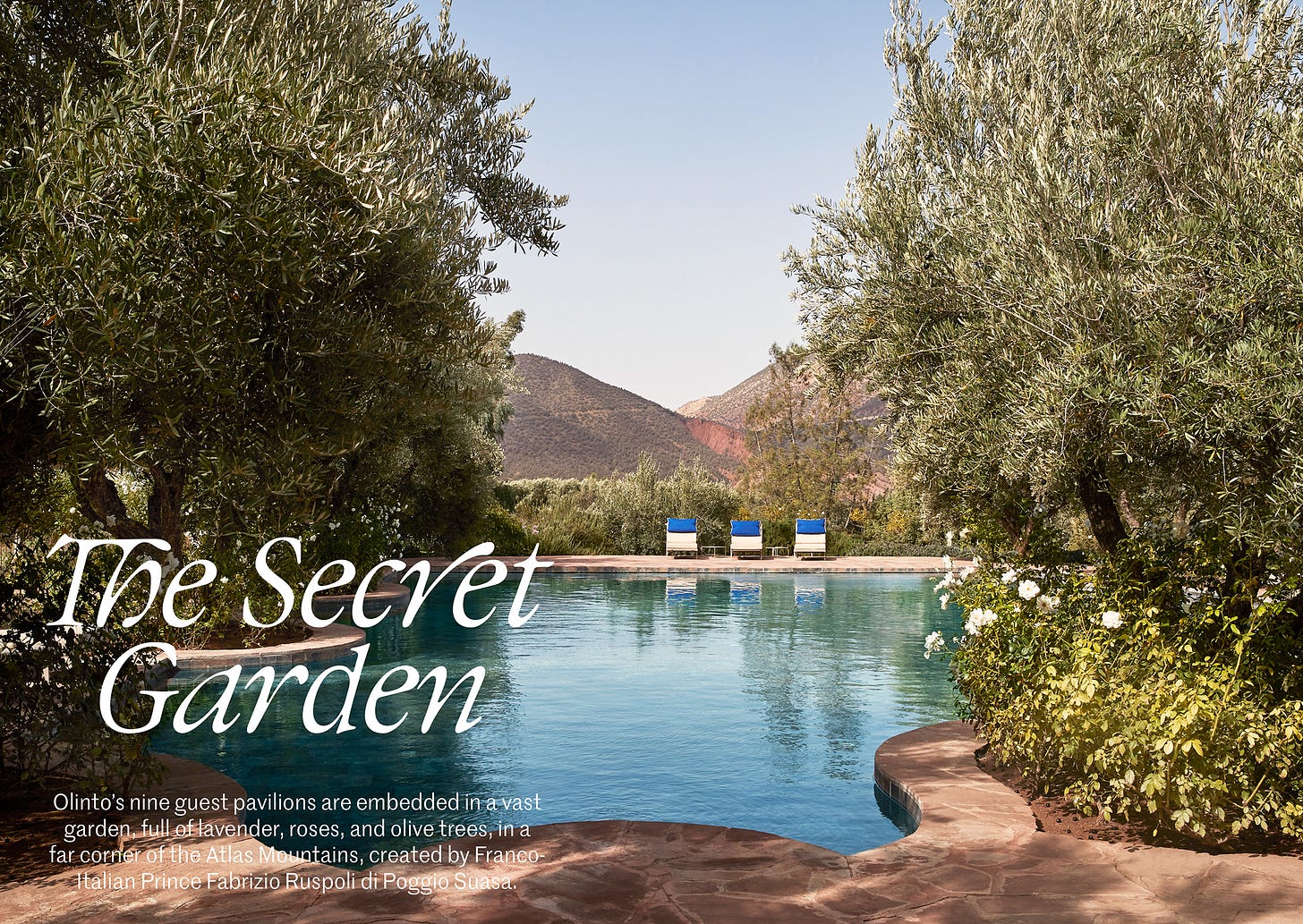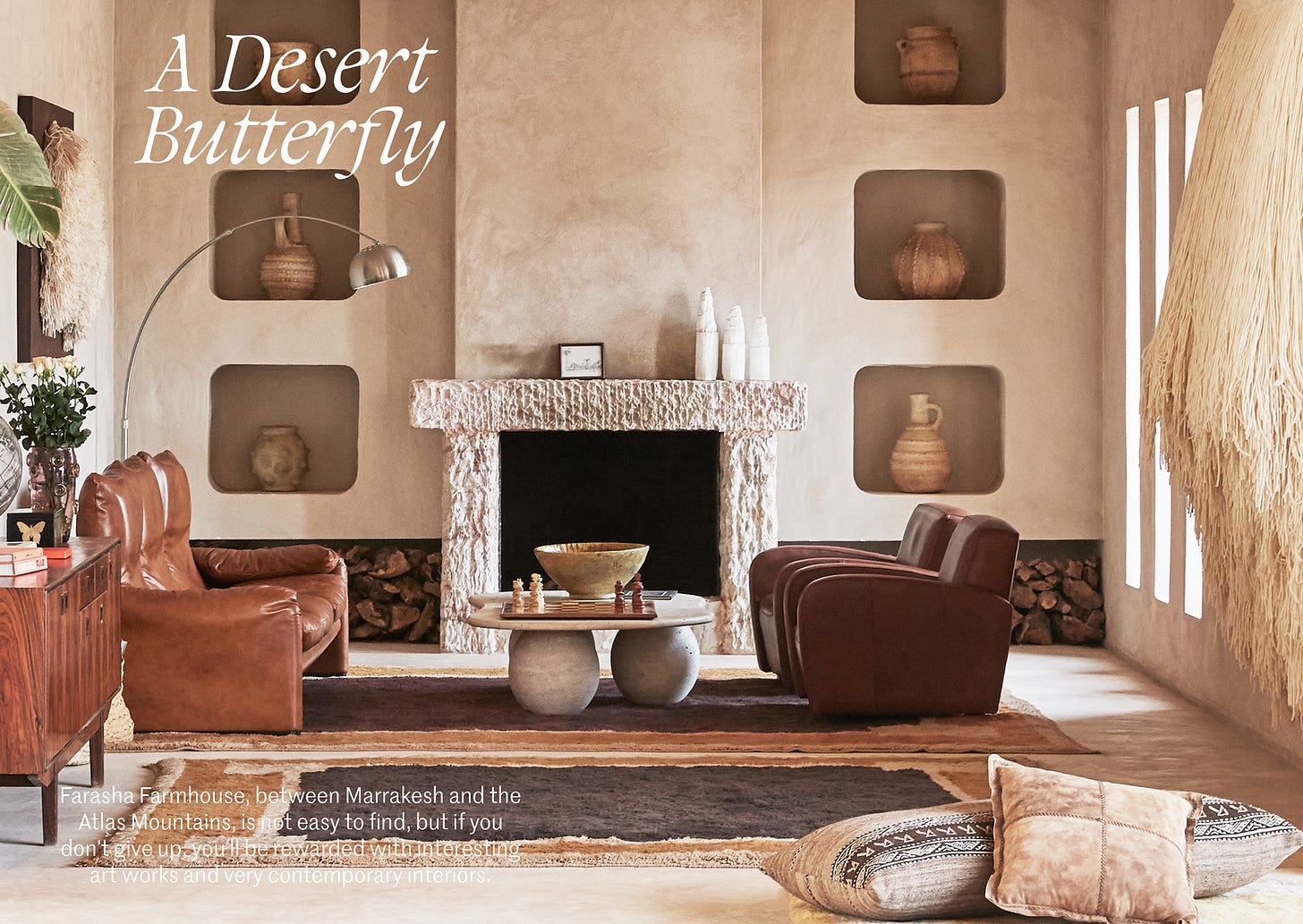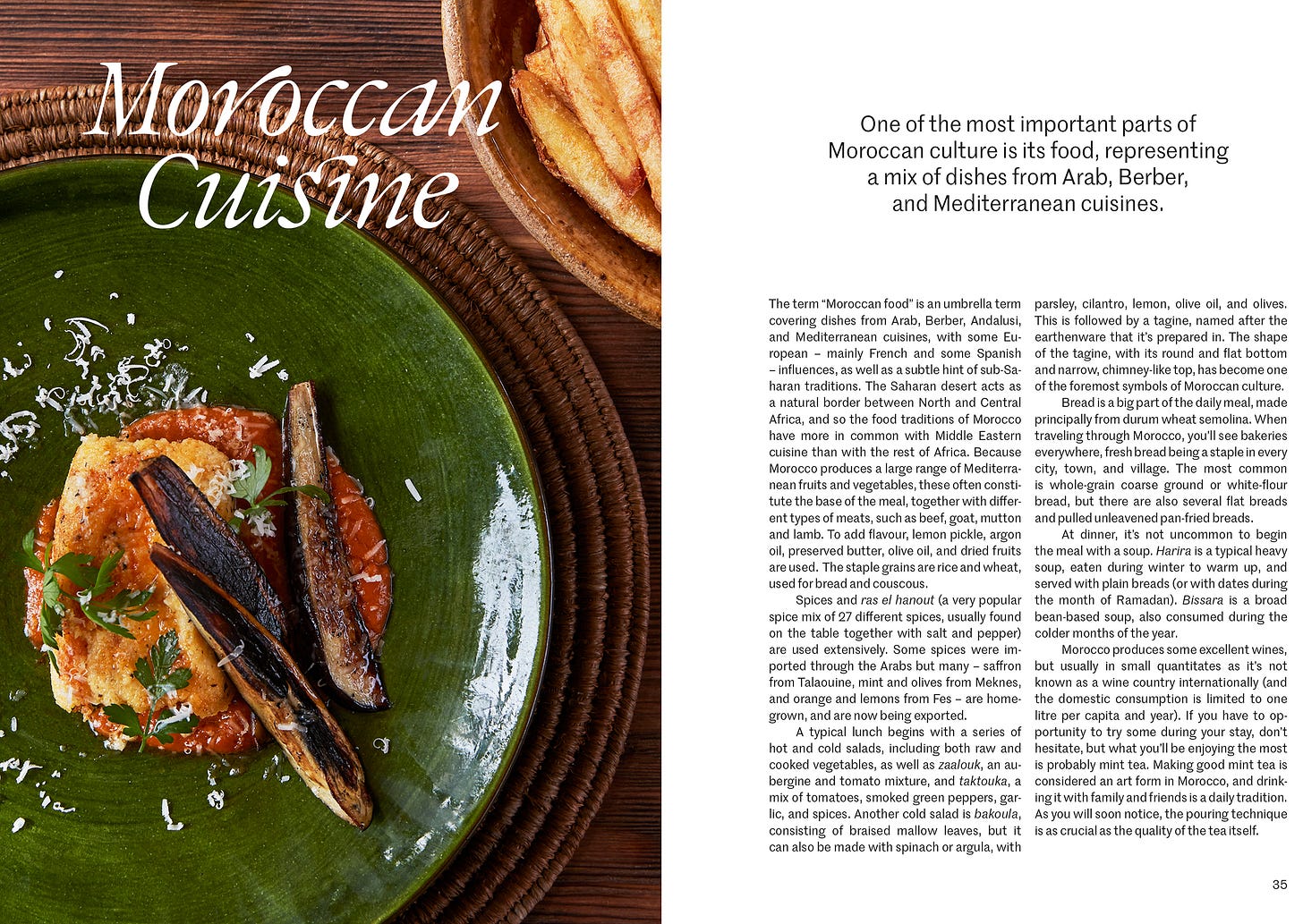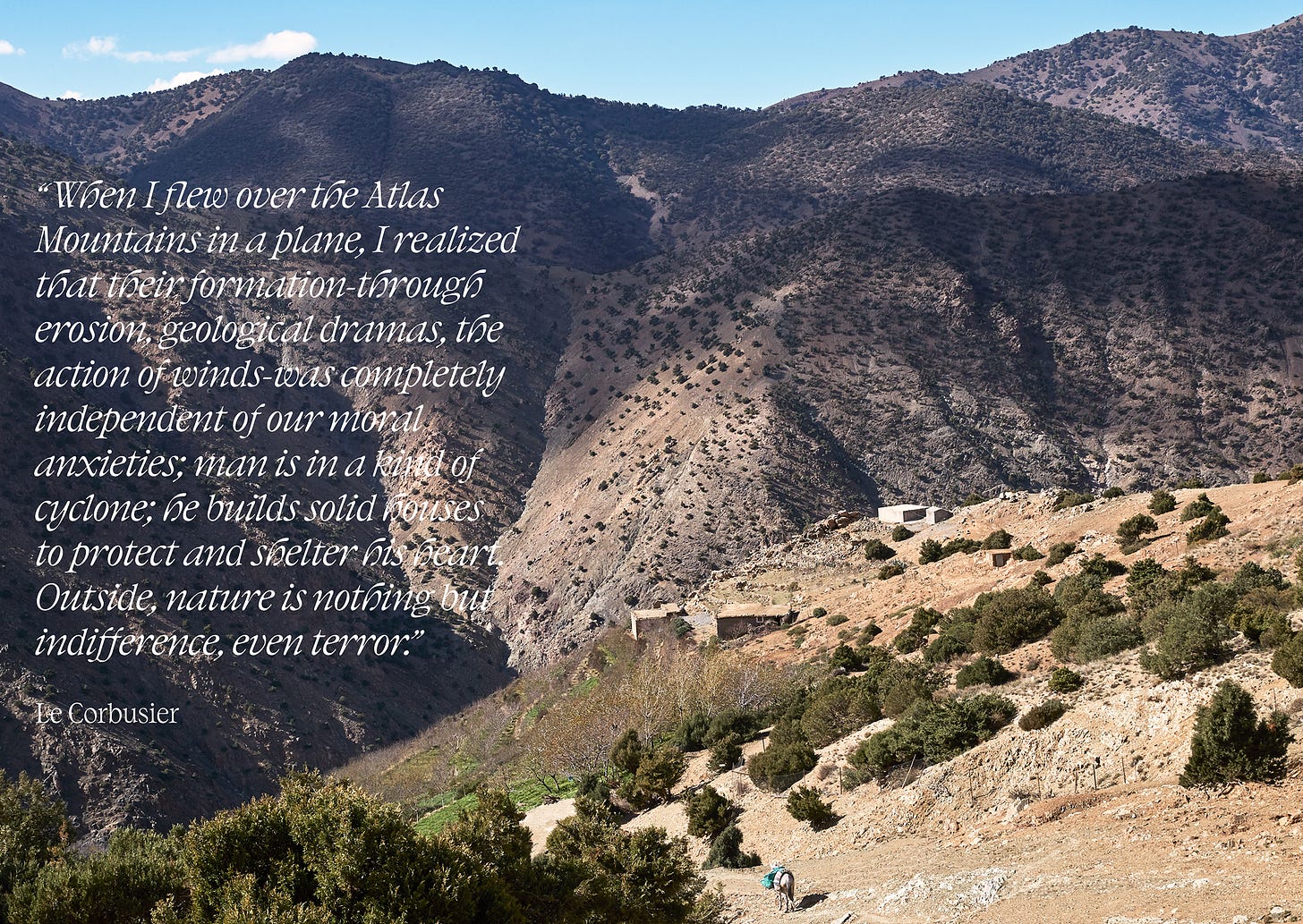In Stores Now: Lohi Journal #3
Our third print issue is out now, also available in our online shop.
Finally, our third print issue is out in stores and available online!
The world is full of geographical (and other kinds of) blind spots, places you’ve always meant to visit but somehow never got around to. For the longest time, one of mine was Venice.
I can’t really explain why, as I’ve often been in its proximity, but for some reason it just never happened. During the pandemic, I heard from friends who visited that it was almost like not only travelling in space but also in time, back to a period before mass-tourism. They described it as an otherworldly experience, like finding a pocket in time.
I thought of this when we visited Venice for this issue, as I was trying to find space in the crowded street to put one foot in front of the other. But even now, in the current overcrowded frenzy, there are remnants of what it once was, places and phenomena that hold an echo of the old Venice, still favoured by locals. One such example is Piedàterre’s Venetian slipper, meticulously made by hand by locals. We met with co-owner Paul Deneve for an insightful conversation on footwear, Venice, and what’s wrong with the contemporary luxury fashion industry.
Our exclusive visit to Casa Fornasetti and meeting with Barnaba Fornasetti was a transformative experience, and I hope it will be the same for you as a reader.
It’s a glimpse into a world where esoteric inspiration is turned into interior design, where humour and functionality become interconnected with one another, in the most refined way.
If I had never been to Venice before making this issue, the opposite is true of Nice. For ages, Nice has been a town that (more or less) all Swedes seem to visit at least once a year (if they’re not part of the Palma crowd, that is).
Nice was part of my childhood, youth, and now middle age, and I’ve witnessed firsthand the recent shift in mentality and lifestyle that the pandemic – and subsequent influx of creative people looking for a new life outside of Paris – brought with it. In today’s Nice, the old and the new live side by side.
What I perhaps enjoyed the most this time was experiencing Ghent’s B&B Verhaegen. The interiors are nothing but sensational, the owner’s knowledge and understanding of quality on a true international level. For a long time afterwards, the memory of this place stayed with me, and I can’t wait to visit again.
I loved putting this issue together, seeing the magazine develop and grow through the people who have contributed with their generosity and skills.
It’s a wonderful journey that we’ve embarked on, and I’m grateful that you want to share it with us.
As you probably know by now, all of our print issues contain not one but two magazines, one with. articles on a variety of subjects and the other focusing on one particular place.
For the second magazine, we travelled to the Moroccan part of the Atlas Mountains.
There is something about mountains that reminds humans of their own insignificance.
Vastly older than us, they will be here long after we are gone. In a future when no one even remembers we ever lived, the mountains are still standing, unchanged.
It’s no coincidence that, according to Greek mythology, the Titan Atlas was condemned by Zeus to hold the heavens for eternity (following ten years of battle, when the Titans fought the Gods).
Ancient Roman poet Ovid wrote that the hero Perseus, son of Zeus, used Medusa’s head to transform Atlas into stone. The mountain range that today carries his name is in fact a petrified Titan.
Eternal beings, engaged in conflicts lasting several eons, still bearing their mark on the African landscape.
Even the Atlantic Ocean is named after him. And when Plato envisioned the sunken island paradise Atlantis, he imagined that Atlas – known as a wise person – was its eponymous first king. Thus, to spend time in the Atlas Mountains is to be walking in the footsteps of a God.
Today, many go to the mountains for a daytrip, visiting the waterfalls or small cities to buy souvenirs to bring back home. Others go for the landscape and spend weeks trekking up the mountains and down in the valleys.
The Atlas Mountains are also famous for the hospitality of the people who live here, and so the hotelier business has flourished, both when it comes to more spartan hostels and luxury resorts.
In this guide, we have visited hotels in different categories, depending on the kind of trip you might be planning. Kasbah du Toubkal is a classic, known around the world for its consistent work with the local community and beautiful location above Imlil.
For decades, La Maison Arabe was one of the premiere hotel-riads in Marrakech, but recently, its founder embarked on a new adventure, farther from the capital and up in the mountains. Olinto is one of the most exclusive hotels in Morocco, and one of the most welcoming.
If you instead want a more contemporary experience while staying closer to the city – using the mountains as backdrop – boutique hotel Farasha Farmhouse is your choice.
The magazine is printed in Sweden on uncoated paper, in one of the world’s most environmental-conscious and advanced printing processes.
While it might look nice on screen, holding it in your hand is another, more tactile, experience. If you don’t live near any of our stockists, you can order it directly from us here.





